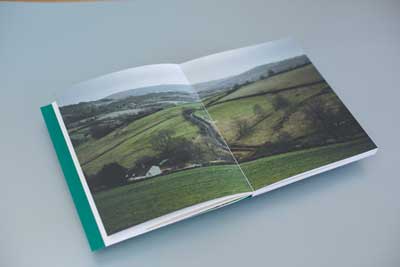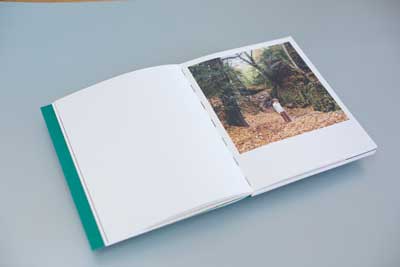Commissioned by Photomonitor
Published 16.01.2018

All Quiet on the Home Front © Colin Pantall
Autobiographical approaches in contemporary photography have proliferated in recent years, and the domestic and the everyday have proved to offer rich source material for diverse practices from the documentary to the conceptual. The experience of motherhood, or the maternal perspective of childhood, is prominent and was celebrated in Susan Bright’s survey exhibition and catalogue Home Truths: Photography and Motherhood in 2013. In an era when men choose to have a greater presence and responsibility in the day-to-day care of their children than previous generations, the father’s voice, however, is distinctly absent in contemporary photography. There are notable exceptions of course, such as Phillip Toledano’s The Reluctant Father, which is a candid and at times uncomfortable visual diary of the photographer’s emotional journey as a new father. But if, as many would insist, it remains the case that the world of contemporary photography and its publishing outlets remain dominated by men, then it is reasonable to conclude that the overwhelming majority of male photographers who are fathers choose not to engage seriously or critically with such a fundamental aspect of their lives, and society more broadly.
Colin Pantall’s All Quiet on the Home Front is a further exception to this rule, and is a very personal account of his relationship with his daughter Isabel, and the role of place and how it shaped her as a young woman and Colin as a father. The book is composed of photographs of Isabel from a girl into adolescence, her mother, the home and their landscape, as well as pictures made on holiday. In addition to the photographs of course, Colin’s voice appears very directly in the form of short personal anecdotes and recounted memories of Isabel’s childhood. The materiality of the book warrants delicate handling: the accompanying texts are printed on highly textured, almost handmade, paper. The photographs are also printed on matt paper, and, with the conspicuous stitching of the book’s signatures, the overall production heightens the sense of both intimacy, and also the domestic.
As the title suggests, the ‘fronts’ that are at odds in this work are the interior, domestic environment and the outdoors. These spaces converge in the pictures of the Pantall’s allotment, as well as tourist spots such as Rhosilli Bay on the Gower in South Wales. But it is the more unkempt, less picturesque environments closer to the family home in Bath which allude to the shaping of Isabel and Colin. Some of these spaces in fact have quite interesting histories, but their appearance is more that of suburban wasteland or woodlands on the outskirts of a recent housing development: there is a sense that the pair will stumble upon the empty cans and broken bottles of a bunch of ‘hoodies’ from the night before, or that a mob of teenagers on BMXs and scramblers will rudely interrupt their jollity.
The familiarity, and perhaps banality, of these spaces will perhaps resonate with many parents, in particular in the need to break out of the domestic environment, which can be stifling for bored children and highly stressful for those attempting to look after them. That is, it is not so much the exceptional nature of these outdoor spaces, but simply that they are anywhere but the claustrophobic walls of the home. In a more specific relation to fatherhood, however (and I should disclose, as a reader of the book from that perspective), there is a sense in the work of the desire to break free of – not only the enclosed nature of the domestic environment – the space where parental authority tends to default to the mother. There is also a sense of a father’s urgency to acquaint the child with the risks of the outside world by exposing them to it: where a branch might give way; or a bank might slip away under your feet; or whether a flimsy rope swing might snap… all of which are captured in these images.
Whether other readers will unanimously identify or accept these points in relation to All Quiet on the Home Front, or these assertions more broadly, is unlikely. But the presence of such a work will prompt such discussions and hopefully help lead us to a more sophisticated, and inclusive, understanding of parenting.

All Quiet on the Home Front © Colin Pantall
__________
Published by ICVL Studio, £40.00, ISBN 978-1-64136-958-9
